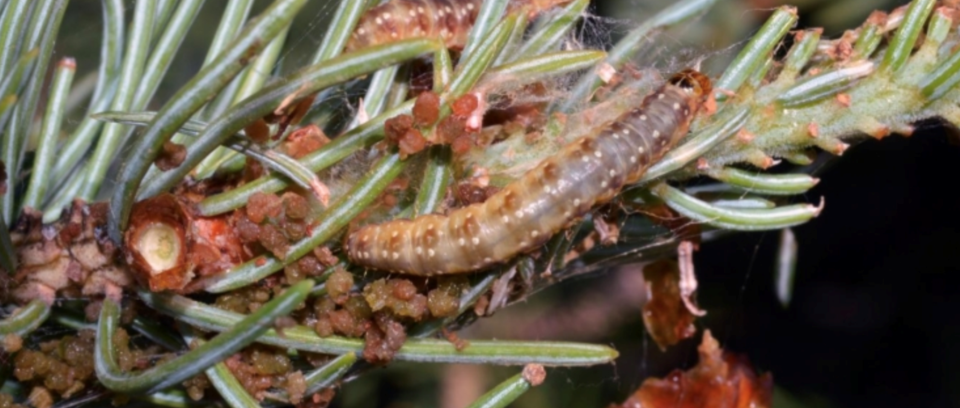I find much food for thought in Pique’s July 26 article “Why are the trees turning red in Whistler?” and the analogies between Whistler and Jasper in terms of forests, insects and fires.
I thank Heather Beresford and the Cheakamus Community Forest for providing information and additional links about the spruce budworm. I am concerned, however, that the proposed response is “tactical” and “wait-and-see” rather than strategic and proactive. The mid-elevation forests around Whistler are the product of the logging and fire history in the valley. The largely even-aged stands of trees with limited species diversity, combined with our current hotter, drier and longer summers, make Whistler vulnerable to large-scale catastrophic fires such as what we’ve just witnessed in Jasper.
There are alternatives to large-scale fuel breaks or biological or chemical efforts to control insects. For example, introducing controlled fires or openings during moister spring and fall seasons. Creating or encouraging patches of differing ages and types of trees and vegetation, rather than waiting four or five years for complete defoliation and highly flammable hillsides, may be worthy of consideration. If we wait too long, what we see may be through tears...




